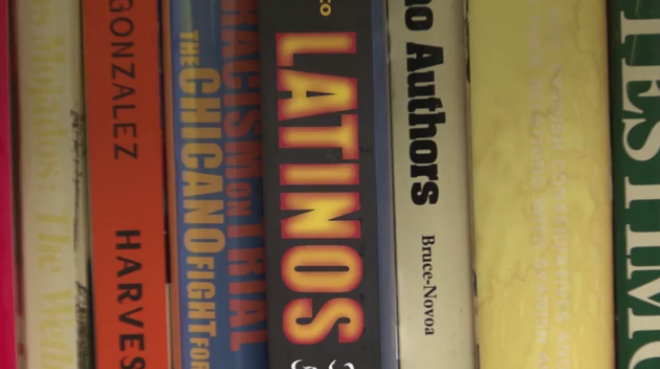I say Hispanic. You say Latino. How did the whole thing start?

*Hispanic of Latino? It helps to know where the terms come from. There’s a general agreement that both terms are imposed, not chosen, and that opens the door for the creation of a new narrative. Isn’t that what we’re seeing already? VL
Yasmin Anwar, UC Berkeley News Center
BERKELEY – From Hollywood actor Cameron Diaz to the late labor rights leader Cesar Chavez, the labels, “Hispanic” or “Latino” cover a strikingly diverse population of more than 50 million Americans.
In her new book, UC Berkeley sociologist G. Cristina Mora traces the commercial, political and cultural interests that colluded in the 1970s to create a national Hispanic identity and, in turn, boosted the political clout of Mexicans, Puerto Ricans, Cubans, Salvadorans, Guatemalans and other Latin Americans in the United States.
A Mexican American from Los Angeles, Mora completed her undergraduate studies at UC Berkeley and her graduate work at Princeton University, before returning to UC Berkeley in 2011 as an assistant professor of sociology. Her incisive investigation into pan-ethnicity in her book, “Making Hispanics: How Activists, Bureaucrats, and Media Constructed a New America” (University of Chicago Press) – as well as her related article in this month’s edition of the American Sociological Review – is sure to position her as a player in the debate over racial, ethnic and national identity in the United States, especially as it pertains to Hispanic categories in the 2020 U.S. Census. Here’s what Mora has to say about the origins of the Hispanic category and where it’s headed.
Click HERE to read the full story.
[Screenshot courtesy of UC Berkeley]
